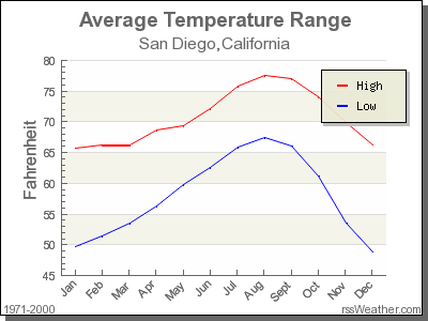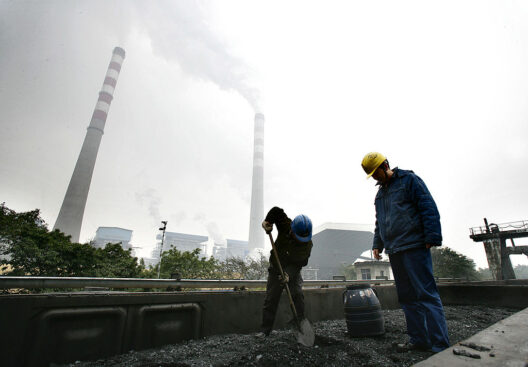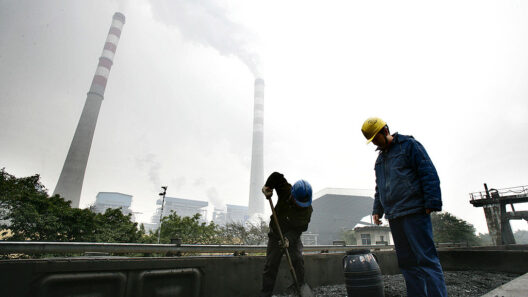San Diego, the quintessential Californian coastal city, is often celebrated for its enviable climate, which weaves an intricate tapestry of sunny days and mild nights. But what makes San Diego’s climate so distinctive? Is it merely a stroke of good fortune, or does it stem from a more profound interplay of geographical and meteorological factors? This climate, characterized by a Mediterranean climate classification, invites exploration and contemplation.
The San Diego climate is predominantly defined by its engaged relationship with the Pacific Ocean. With over 70 miles of coastline, the ocean exerts a tempering effect on the weather patterns. The prevailing westerly winds carry moist oceanic air inland, where it often meets the varied topography of the region. This interaction creates microclimates, resulting in a vivid spectrum of weather conditions within relatively short distances. One might ponder: how much does this variation affect the daily lives of San Diegans and their surrounding ecosystems?
Habitually, San Diego enjoys a remarkable number of sunny days, averaging around 260 each year. The phenomenon stems from a high-pressure system known as the Pacific High, which settles off the coast, effectively suppressing the formation of clouds. As a result, residents often experience an almost perpetual state of clear blue skies, making outdoor activities a habitual delight. However, one must consider the implications of such a climate. Could this consistent sunshine lead to environmental concerns such as drought or water scarcity?
Moreover, San Diego’s evenings are equally alluring, characterized by mild temperatures that generally range from the mid-50s to the low 70s Fahrenheit. These nocturnal conditions are largely attributable to the thermal mass of the ocean, which warms gradually during the day and releases heat slowly at night. Consequently, this temperate environment enhances the quality of life and fosters vibrant social interactions across outdoor venues. But, with climate change becoming an increasingly pressing issue, how sustainable are these mild nights?
Rainfall is another crucial aspect of San Diego’s climate, with an annual average hovering around 10 to 12 inches. Most of this precipitation is concentrated within winter months, characterized by sporadic yet intense storms. The dry season, predominantly from May to September, highlights the contrast between wet and dry periods, yet raises a salient question: Are the droughts exacerbated by climate change altering San Diego’s lush coastal landscape?
Interestingly, the area’s vegetative life has uniquely adapted to this climatic rhythm. The coastal sage scrub and chaparral ecosystems thrive in the duality of wet winters followed by extended dry summers. Dominated by species such as sage, buckwheat, and California lilac, these plants have evolved to conserve moisture and withstand the intermittent deluge of water. This resilience of local flora poses an additional inquiry: will native species accommodate further shifts in climate patterns?
In terms of temperature fluctuation, coastal areas are often cooler during the day while inland regions experience a more pronounced diurnal variation. For instance, places like La Jolla and Mission Bay enjoy the moderating influence of the ocean, whereas locations like El Cajon may swelter under the midday sun, only to cool off significantly at night. This rewarding dichotomy presents a unique challenge for agricultural practices throughout the county. How can farmers best harness these particulars to optimize crop yields?
As San Diego continues to flaunt its idyllic climatic profile, the region is not immune to the broader changes influencing global climate patterns. The expectations of rising sea levels, increased frequency of wildfires, and prolonged drought conditions loom on the horizon, casting a shadow over the long-term sustainability of this cherished environment. The interplay between sunny days and increasing environmental pressures prompts a critical evaluation of resource management strategies. Is San Diego prepared to engage more robustly in climate action to mitigate these impending challenges?
The vibrant urban landscape of San Diego reflects the climate’s influence on lifestyle, culture, and ecology. Outdoor festivals, beach sports, and community events flourish in the embrace of favorable weather, fostering a sense of camaraderie among residents. However, as climate anomalies grow more pronounced, one wonders whether San Diegans will leverage their fortunate climate to cultivate a culture of environmental stewardship. Will the city transform its relationship with nature in response to the ecological challenges posed by climate change?
In summary, San Diego’s climate, with its sunny days and gentle nights, constitutes more than mere meteorological conditions; it forms the backbone of the city’s identity, influencing economics, ecology, and communal life. As San Diego grapples with its climate reality amidst global changes, the inquisitive individual sees not only the allure of the temperate lifestyle but also the unfolding narrative of resilience and adaptation. The interplay of climatic advantages and emerging challenges beckons action, fostering a future where San Diegans embrace sustainability while cherishing their sun-kissed surroundings. What lies ahead for this coastal metropolis as it navigates the complex waters of climate and community?






